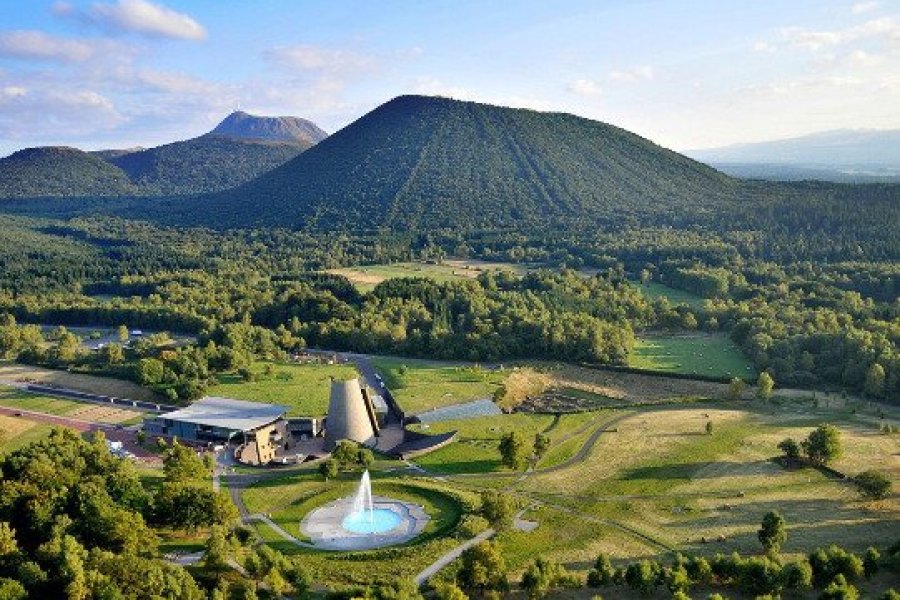21st PLANT FESTIVAL
Proposed"> by NoëmieT
On 05/04/2024 and 05/05/2024 : Saturday April 30th and Sunday May 1st 2021, from 9am to 6pm 21st PLANTS FESTIVAL OF VÉTRAZ-MONTHOUX After two years of absence, the Plant ...
Proposed"> by NoëmieT
On 05/04/2024 and 05/05/2024 : Saturday April 30th and Sunday May 1st 2021, from 9am to 6pm 21st PLANTS FESTIVAL OF VÉTRAZ-MONTHOUX After two years of absence, the Plant ...

Recommended by Tanguy REVAULT
Nestled in the heart of the superb Auvergne volcanoes, Vulcania is delighted to launch its new season! The complex, which offers breathtaking ...
There are currently no photos for this destination.